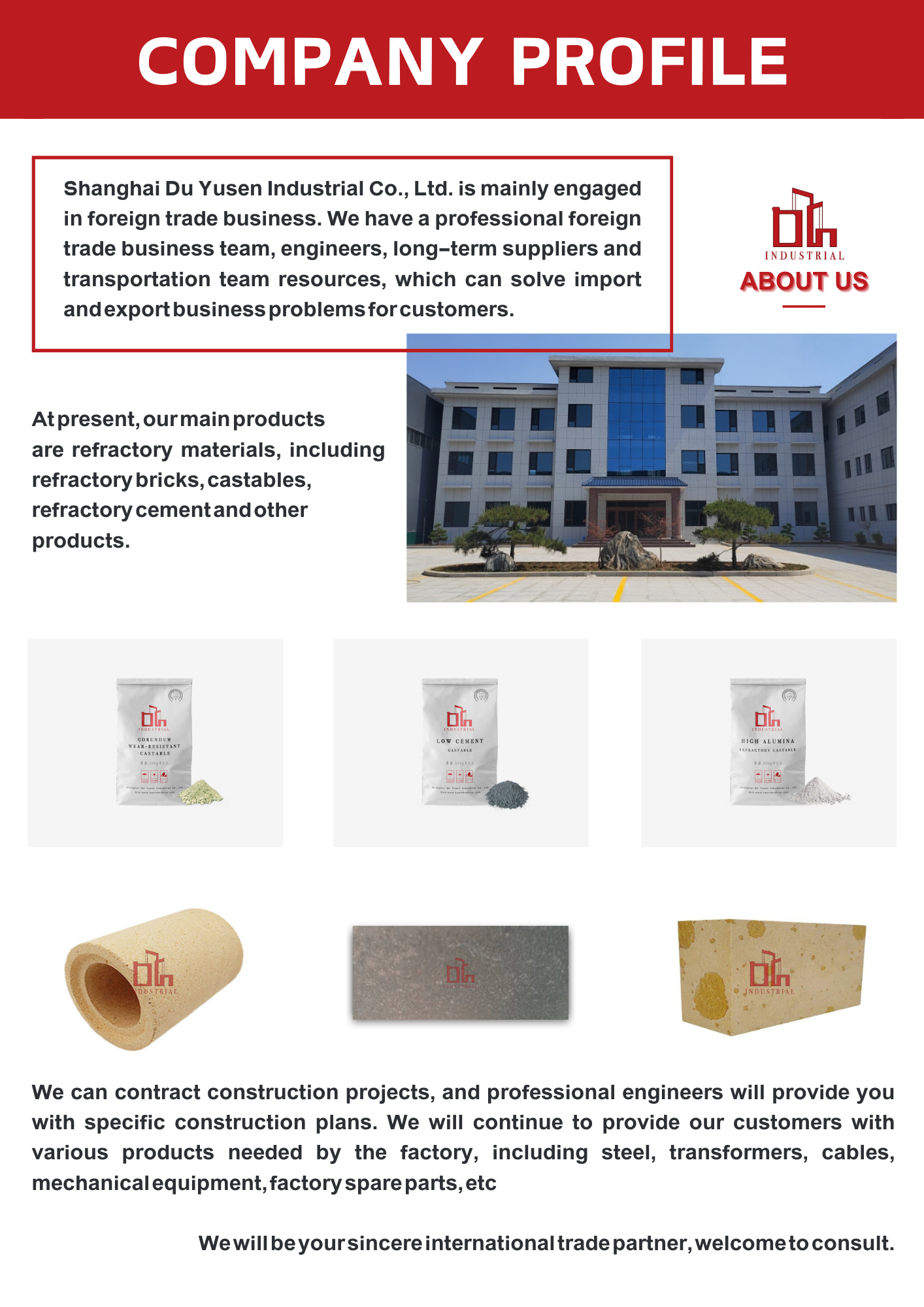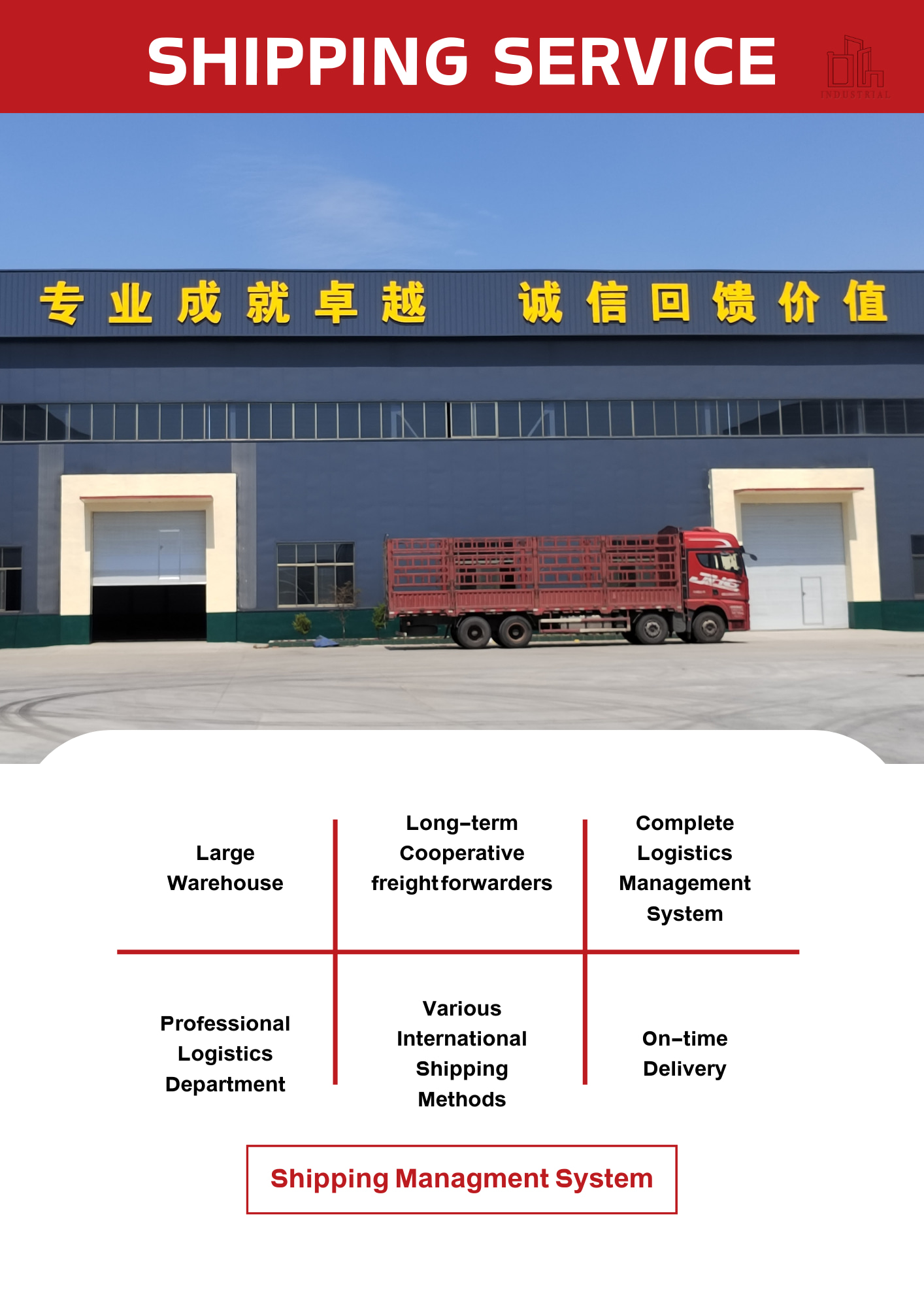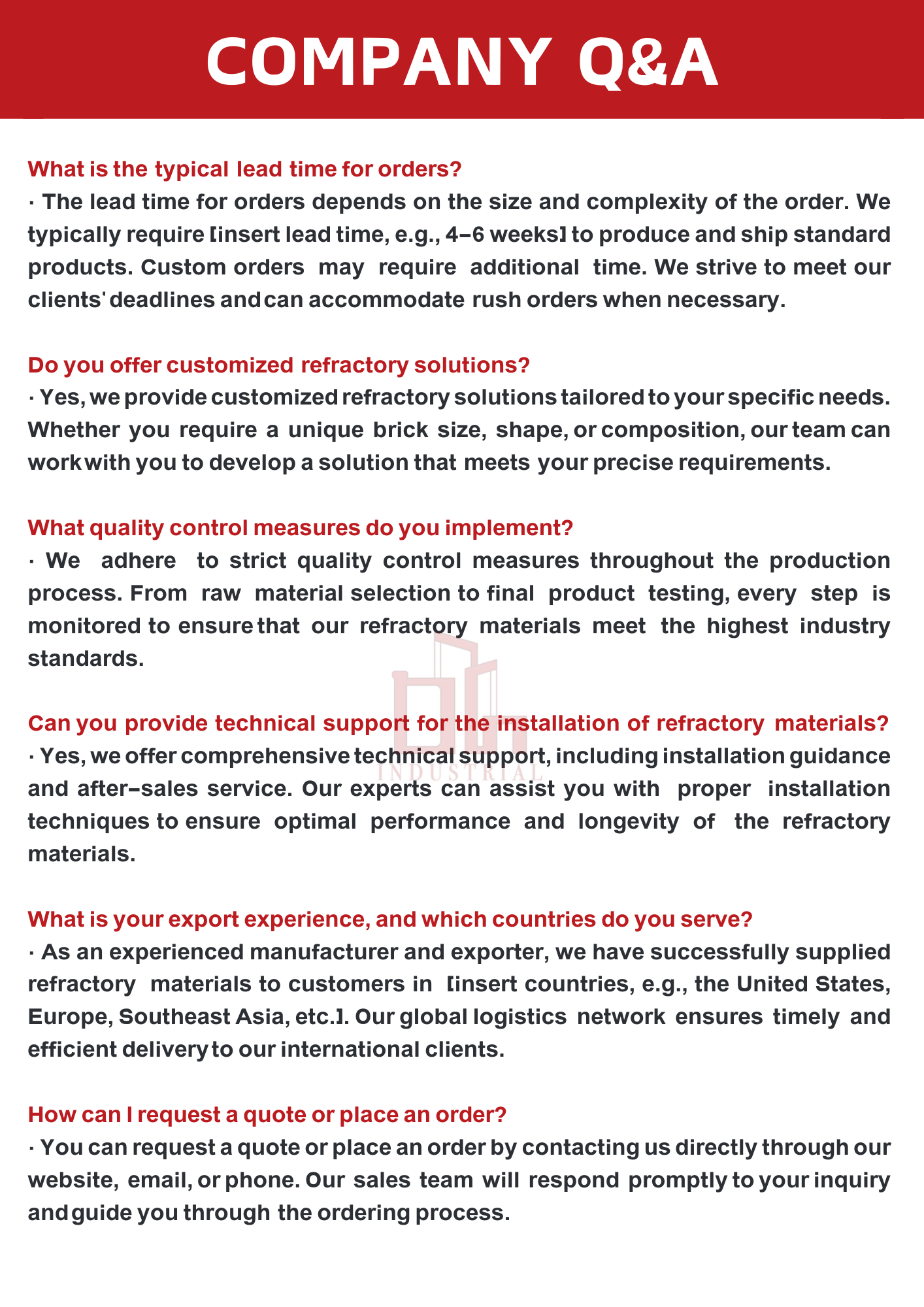Refractory clay refers to clay with a refractoriness greater than 1580°C and can be used as refractory materials and bauxite used as refractory materials. In addition to their high refractoriness, they can maintain volume stability under high temperature conditions, and have slag resistance, resistance to rapid cooling and rapid heating, and a certain mechanical strength, so they are extremely firm after calcination. Refractory clay is mainly used in the metallurgical industry as a raw material for the production of shaped refractory materials (bricks of various specifications) and unshaped refractory materials. The usage accounts for about 70% of all refractory materials.
Payment :
In AdvanceProduct Origin :
ChinaShipping Port :
Shanghai PortLead Time :
15 Working daysProduct parameters:
| Item | DYSCM-42A | DYSCM-45A | DYSCM-45B | DYSCM-55B | DYSCM-65B | DYSCM-75B | DYSCM-80 |
| Al2O3 % | ≥42 | ≥45 | ≥45 | ≥55 | ≥65 | ≥75 | ≥80 |
| Fire resistance ℃ | ≥1710 | ≥1730 | ≥1730 | ≥1770 | ≥1790 | ≥1790 | ≥1790 |
| Powder ≥0.5mm % | - | - | ≤1 | ≤1 | ≤1 | ≤1 | ≤1 |
| Particle size ≤0.076mm % | - | - | ≥50 | ≥50 | ≥50 | ≥50 | ≥70 |
| Mud resistance 110℃×24h MPa | ≥1.0 | ≥1.0 | ≥2.0 | ≥2.0 | ≥2.0 | ≥2.0 | ≥2.0 |
| Flexural strength 1400℃×3h MPa | ≥3.0 | ≥3.0 | - | ≥6.0 | ≥6.0 | ≥6.0 | - |
| 0.2MPa load softening ℃ | - | - | ≥1200 | ≥1300 | ≥1400 | ≥1400 | ≥1650 |
| Reburning line change rate 1400℃×3h % | 1~5 | 1~5 | +1~-5 | +1~-5 | +1~-5 | +1~-5 | - |
Product features:



Tags :